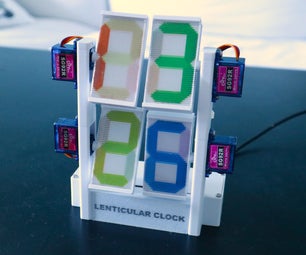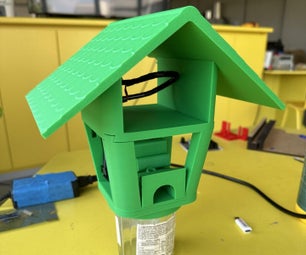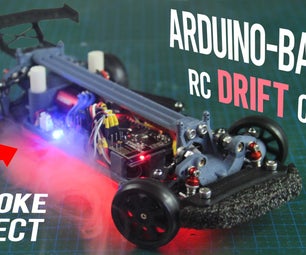Introduction: ATX Power Supply Breakout Case
I purchased the below ATX breakout board and needed a housing for it.
Materials
- ATX Breakout board
- Old ATX power supply
- Bolts and nuts (x4)
- 2.5mm self-tapping screws
- Washers (x4)
- Rocker switch
- Cable ties
- Heat-shrink tube
- Solder
- 3D filament (back & glow-in-the-dark)
Tools
- Soldering iron
- De-soldering vacuum pump
- 3D Printer
- File
- Screwdriver
- Vernier Caliper
Software
Step 1: Prepare the Board and Power Supply
Unscrew the output terminals.
Using the de-soldering pump, remove the one-off switch can any of the outputs that you don't wish to use. I removed the -12V LED as I do not wish to use the -12V outputs.
Solder leads onto each of the outputs, terminating each one with a washer. You may need to file the washers down a little in order to get the solder to attach properly to them.
While not necessary, in order to keep things as neat as possible I opened the power supply, disconnecting all leads that would not be used by the breakout board. De-soldering them proved to be rather difficult and so I simply cut them, making the ends safe using heat-shrink tubing.
Solder on the leads that will be use to connect to the switch.
Step 2: Printing the Case
The model was created using FreeCAD. If you wish to edit it, download "PowerSupplyV2.fcstd.txt", renaming to
"PowerSupplyV2.fcstd".
Initially I printed the case in two colours i.e. the main sections of the case in back and the numbers in glow-in-the-dark filament. The numbers however broke off and so I then printed them as three separate pads, gluing them on. Before printing these pads, I scaled them down to be 10mm wide.
Step 3: Putting It All Together
- Screw the breakout board into the base.
- Attached the output terminals to the top part of the case.
- Push the attached washers onto the remaining threads of the corresponding terminals and bolt them down.
- Thread the switch leads through the side switch hole and solder them to the rocker switch, inserting the switch afterwards.
- Place the top o the case over the base and line it up with where you want it to sit on the ATX power supply. Mark where the holds should go, using a drill to drill them out.
- Using the nuts and bolts, attach the box to the top of the power supply.
- Plug the ATX cables into the breakout board and test.
- Use cable ties to tidy-up any cabling.
(You may need to file the edges of the case a little so that the ATX connector fits properly)
You should now have a cheap but neat and functional power supply to test your projects on.











